The images below are taken from the beautifully illustrated Gospels of St. Gall. This illuminated manuscript was most likely produced in Ireland during the 8th century AD. It is written in Latin and contains 268 pages, 12 of which are decorated. Detailing the Gospels of Matthew, Luke, Mark and John, it now resides at the Abbey of Saint Gall in Switzerland. The foundation of this monastery is attributed to an Irish monk called Gallus and its extensive library contains a number of early Irish texts.
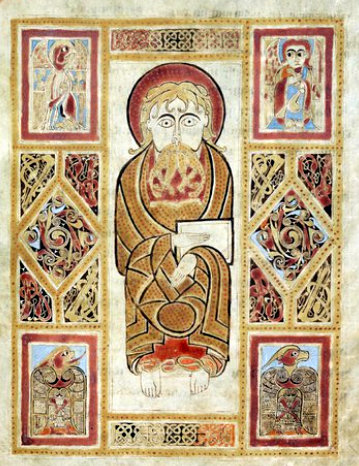
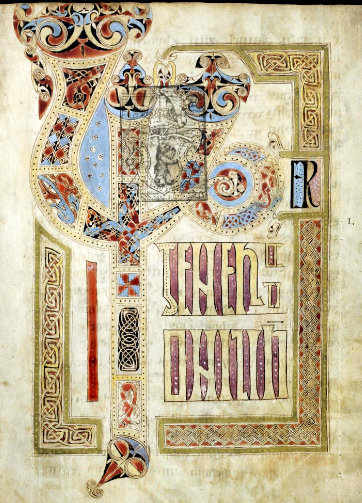
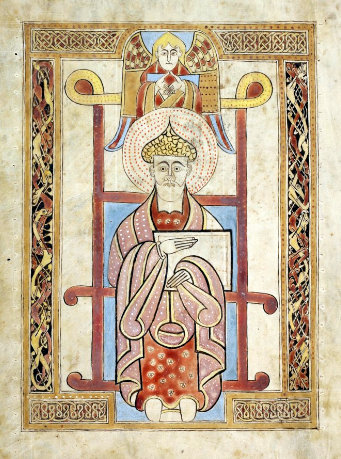
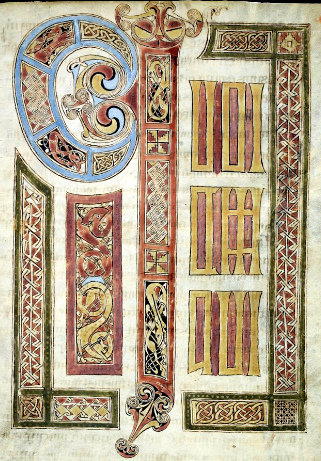

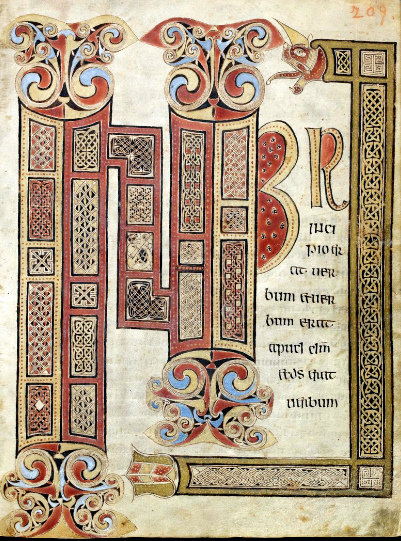
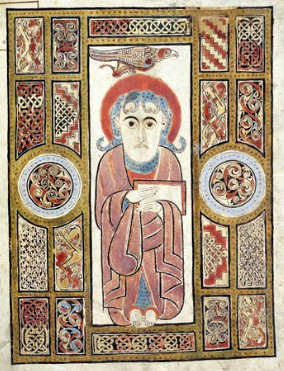
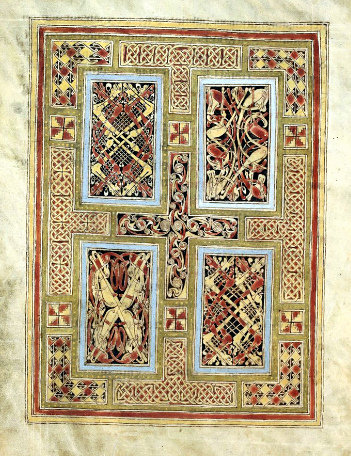
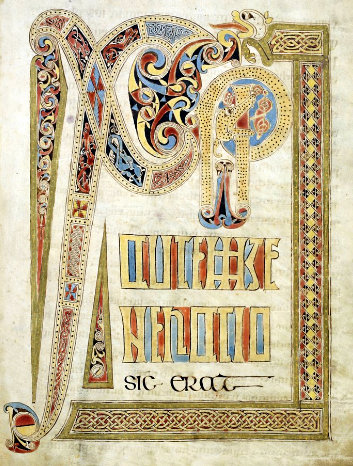
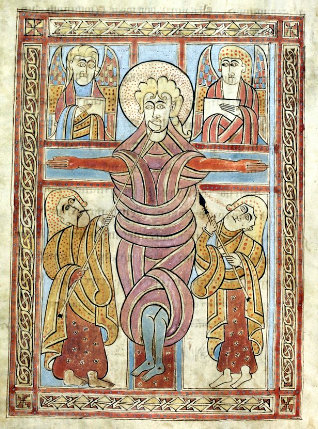
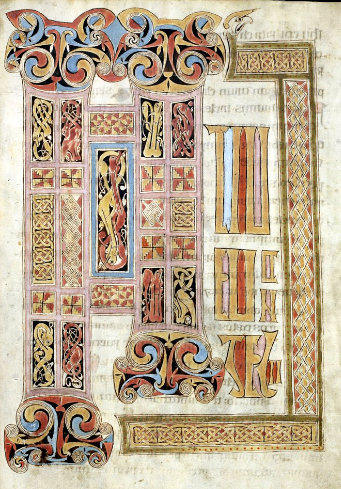
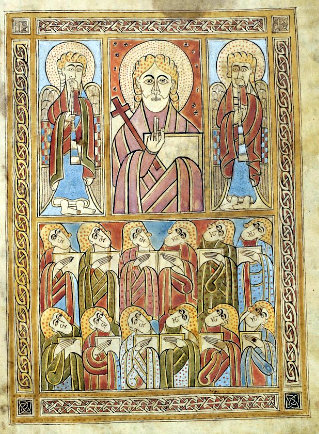
Citation



Colm, a chara, mile buiochas do’n leiriu sin/many thanks for that brief outline of the stunning Gospels of St Gall. It’s incalculable the contribution of the innumerable Irish missionaries and scholars who spread learning across the then known world after the collapse of the Roman Empire. Pity they officially only spoke and wrote in the “classics” Latin, Greek and Hebrew. Irish is only identified in “marginals” written by scribes or students on extant manuscripts. Apart from the exiles and their foundations in Britain and the continent, spreading learning, there was the additional impact of the massive influx of “foreign students” coming to Ireland to learn. Irish was the language of Court in the Anglo-Saxon kingdom of Northumbria for example. One wonders then why Irish didn’t become a world language given the enormous debt of gratitude owed by the world for rescuing and freely spreading knowledge and ieas (earliest information “commons”?). How disappointing then that in the Editorial of New Scientist 31 October 2015 “Deconstructing Babel” in referring to how legendary patriarch of the Irish people Fenias Farsaid had his scholars reintegrate Babel’s confused tongues into a single perfect language: Gaelic, it was remarked that “Gaelic has yet to catch on as a global lingua franca”. Treise leat/keep up the good work!